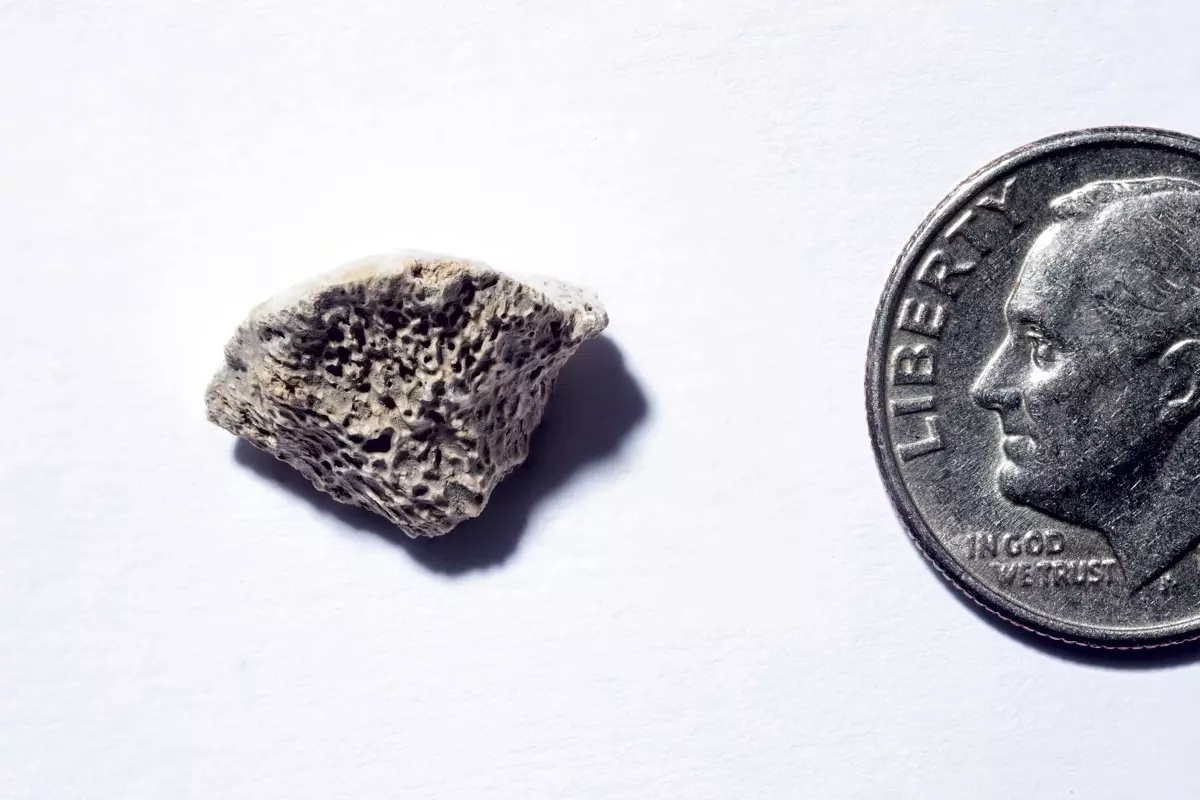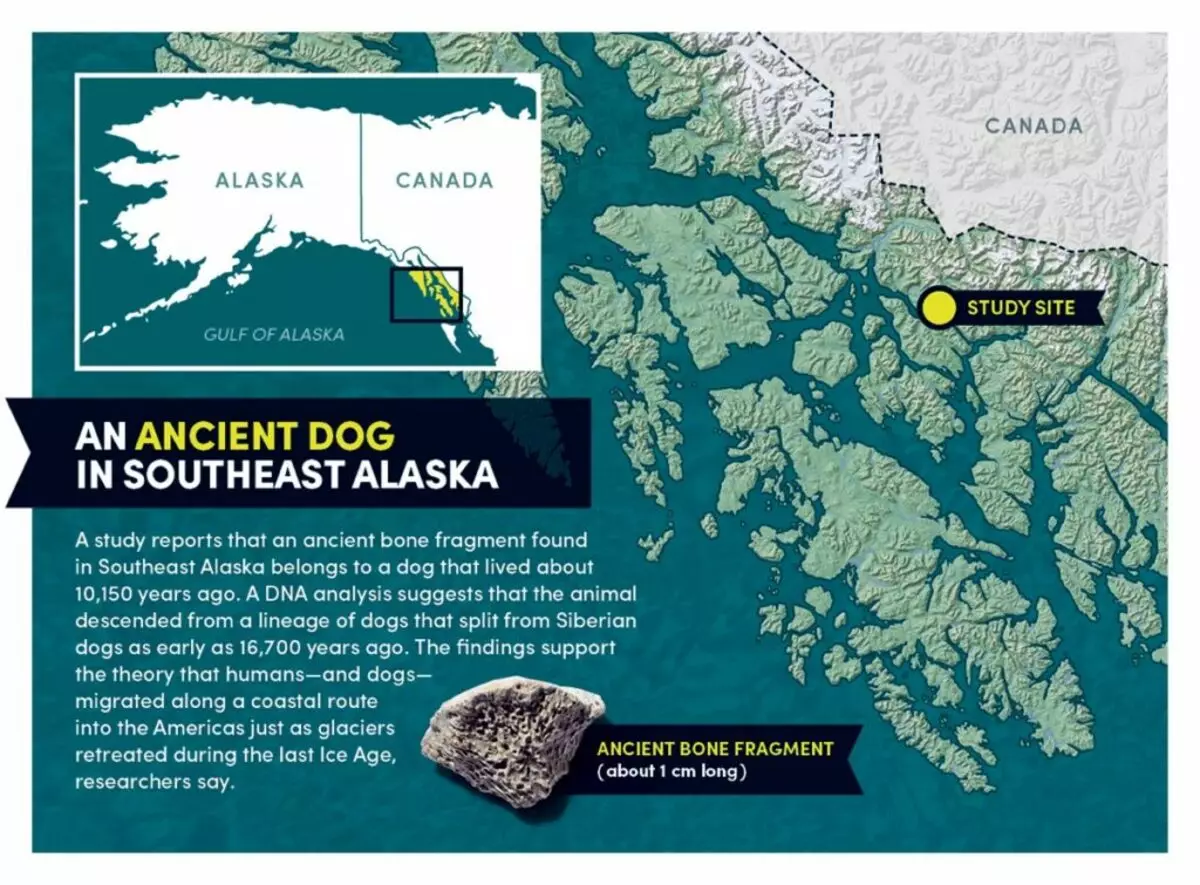
On the coast of Alaska, a fragment of a dog bone was about 10 thousand years old. Nakhodka became ancient known evidence of the presence of domesticated dogs in North America. It can serve as a new argument in favor of the coastal migration hypothesis, according to which the settling of the new light occurred from the north to south, from the banks of Beringi along the edge of the Pacific Ocean. About Nakhodka is told in a press release of the University of New York in Buffalo.
The hypothesis suggests that the regions are more distant from the sea, migrants moved much south, coming to the edge of the glacier, then covered part of the Cordiller. I rival the version with it that the resettlement went through the wounded beergov of the strait and then deep into the mainland, where the movement south has already begun. In favor of coastal migration, a number of finds are evidenced, including footprints left about 13 thousand years ago on the island of Kalvert on the west coast of Canada.

Supports the hypothesis and a new find, which is reported in the article prepared for the release of Proceedings of The Royal Society B. This is a fragment of the femur of the dog, found in the early 2000s in the very south of Alaska, on the mainland east of the Island of Wrangel. The sample was dated about 10150 years old - the end of the last ice age. It is believed that domestication of dogs occurred in Siberia long before the settlement of America and they could appear here with the first migrants.

Charlotte Lindqvist (Charlotte Lindqvist) and its colleagues managed to sequenate the full mitochondrial genome and compare it with the genomes of some modern and ancient dogs. In this way, the line of this animal traced to dogs who lived in Siberia in the last glacier period. However, the likelihood that this animal turned out to be in America randomly and got there itself, without people.
In the same cave Loyer (Lawer Cave), where the bone was found, they discovered human remains, although later. However, according to scientists, these remains themselves are already indicating that the cave in those epochs was quite comfortable for settlement. In addition, earlier traces of people are present in the caves located nearby. So, although direct instructions on the fact that this dog was home, no, in general it can be recognized quite likely. The same indirectly indicates the isotopic composition of the sample. He testifies to the diet rich in fish, the meat of sea cats and even whales.
Source: Naked Science
